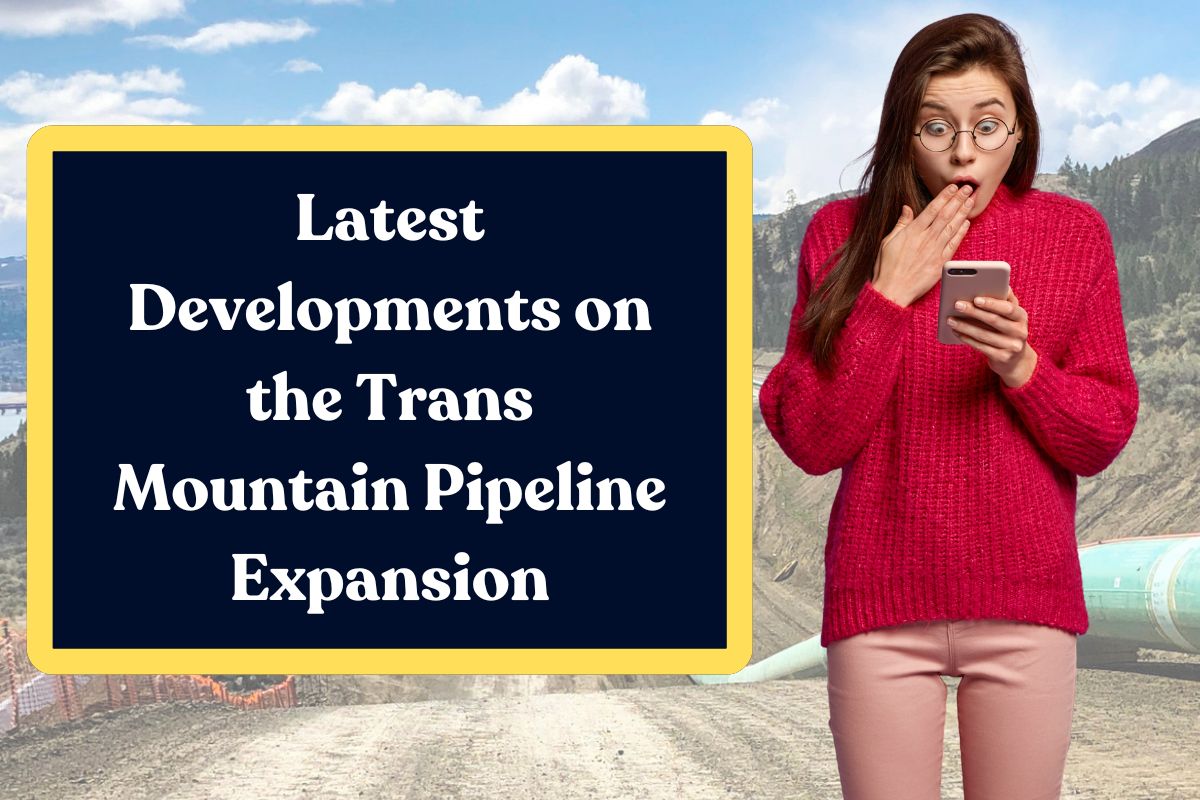Canada has taken a great leap in the energy export market with their LNG Canada project. They have set up operations in Kitimat, British Columbia, that will ship the Liquefied Natural Gas (LNG) to Asia. Recently, they have shipped a big shipment and it was a huge success.
Now, this particular project brings lots of revenue and job opportunities, however that’s not the only thing it brings. The Coastal GasLink pipeline in this project has brought some serious concerns about the environment, Indigenous rights and Canada’s commitment to net-zero emission.
Today, we will break down everything about LNG Canada and Coastal GasLink, understand why they matter and the risk they pose.
What Is LNG Canada?
Before we jump on the issues it is important that we have a little background about the whole project. LNG Canada is one of the biggest energy infrastructure projects in the history of Canada. The project is a collaboration between big names such as Shell, Petronas, PetroChina, Mitsubishi, and KOGAS. Their operations facility is currently located towards the west of British Columbia in the town called Kitimat.
Now the purpose of this project is to increase the Canadian export of natural gas to Aisa. The project takes natural gas from northeast B.C. Then after they cool it down in the liquid form or LNG and then ship it across the Pacific ocean to their customers is Asia.
It is a very ambitious project, as it was designed to export 14 million tonnes of LNG per year in its first phase, which can be doubled in future. In July 2025 the first shipment of the gas left the Canadian shores.
What Is Coastal GasLink?
So you have understood what the LNG Canada project is. Now in order to take the gas from northeastern B.C. to the LNG Canada terminal in Kitimat, there was a need for a pipeline. Now, this is where the Coastal GasLink (CGL) pipeline comes in. The pipeline is over 670 KM long and it was built by TC Energy.
The Pipeline runs from the Montney gas fields near Dawson Creek all the way to Kitimat. The Role of CGL is very important as without it the LNG Canada will not have any natural gas to export. After years of construction, delays, protests, and environmental challenges, Coastal GasLink was declared mechanically complete in 2024.

The Economic Upside
If the project of this size is currently operating then surely there must be a big economic upside to it. So let’s have a look it:
- The project will generate a total of $23 billion in revenue for the government over its lifespan.
- During the construction and yeh operations of the project it will provide thousands of jobs.
- The plant will help in boosting the local economies especially in British Columbia.
Apart from this the Indigenous and local businesses around the route of the pipeline have already received more than $1 Billion in contracts. The project is also offering the ownership stakes to some First Nations with the help of the equity agreements.
So What’s At Stake?
Now we are seeing what a great project LNG Canada and Coastal GasLink are. However, it’s not all green, as there are some underlying concerns that needs to be addressed accordingly:
Environmental Concerns
There are some obvious environmental concerns regarding this project, the Coastal GasLink has been fined multiple times for failing to protect the sensitive ecosystem along its route of operations. The CGL Pipeline crosses over 625 water bodies, critical wetlands, caribou habitats and some areas that are home to the various endangered fish and the wildlife.
As of now the Coastal GasLink has paid over $1.4 million in fines for the environmental violations by the British Columbia Regulators. Furthermore, they have also warned CGL that the future non-compliance can lead to even higher penalties.
Furthermore, you need to know that the natural gas that is currently being used here is the Fracked gas. This particular gas comes with its own set of environmental risks, such as ground water contamination and methane leaks.
Indigenous Opposition
Now this is the part where things get more complicated. The Coastal GasLink has signed an agreement with the 20 elected First Nations governments that fall along the pipeline routes.
However, amongst those 20 signatories you will not find the Wet’suwet’en hereditary chiefs, who are currently holding the traditional authority over the large part of the land from where the pipeline crosses.
As a matter of fact the Wet’suwet’en never gave their consent for the pipeline to pass through their territory. The community have set up camps, blocked the construction and have decided to take legal actions in order to stop the project. In response to the confrontation the police have enforced the court injunctions that has resulted in the arrests and the national attention.
The Climate Issue
Now, there is also the issue of the climate. LNG is often marketed as a cleaner and greener alternative to coal. However, that claim is only true to a certain point as at the core LNG is still fossil fuel. Now if we build a long term infrastructure around it we are not moving towards a greener future but we are locking in carbon emission for decades to come.
The scientist and the environmental groups are arguing that Canada’s investment in LNG would increase the risk of dealing its net-zero by 2050 goals.
So this was all about the LNG Canada and Coastal GasLink. Both of these projects are great from the economic and the development point of view. As they would generate both employment and revenues for the state.
The project offers jobs, revenue, global influence and a boost for the local communities around it. However, on the other hand we are seeing that the project is also raising some serious questions about environmental protection, Indigenous rights, and Canada’s climate responsibilities. Now the question arises who gets a say in this project and to what extent. Also is it a sustainable approach in the long run?
| Homepage | TreatyAlliance.org |





